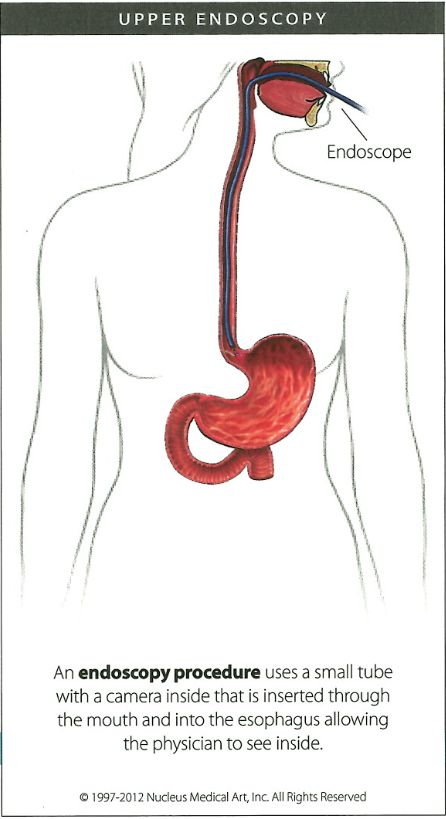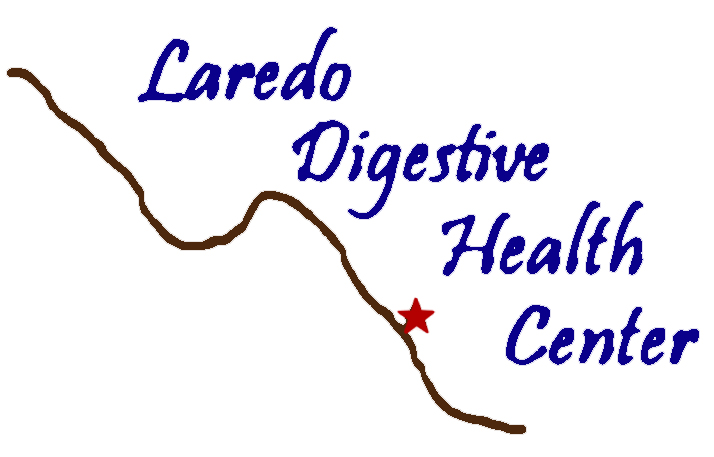What is Endoscopy?
Upper endoscopy enables the physician to look inside the esophagus, stomach, and duodenum (first part of the small intestine) The procedure might be used to discover the reason for swallowing difficulties, nausea, vomiting, reflux, bleeding, indigestion, abdominal pain, or chest pain. Upper endoscopy is also called EGD, which stands for esophagogastroduodenoscopy.
What is the procedure like?
A thin, flexible, lighted tube called an endoscope, which transmits an image of the inside of the esophagus, stomach, and duodenum, so the physician can carefully examine the lining of those organs. The scope also blows air into the stomach; this expands the folds of tissue and makes easier for the physician to examine the stomach.
The physician can see abnormalities, like inflammation or bleeding, through the endoscope that do not show up well on x-rays. the physician can also insert instruments into the scope to treat bleeding abnormalities or remove samples of tissue (biopsy) for further tests. possible complications of upper endoscopy include bleeding and puncture of the stomach lining. however, such complications are rare. most people will probably have nothing more than a mild sore throat after the procedure. the procedure takes 20 – 30 minutes.
Preparations
Your stomach and duodenum must be empty for the procedure to be thorough and safe, so you will not be able to eat or drink anything for at least 6 hours beforehand. Also, you must arrange for someone to take you home, you will not be allowed to drive because of the sedatives. Your physician may give you other special instructions.

